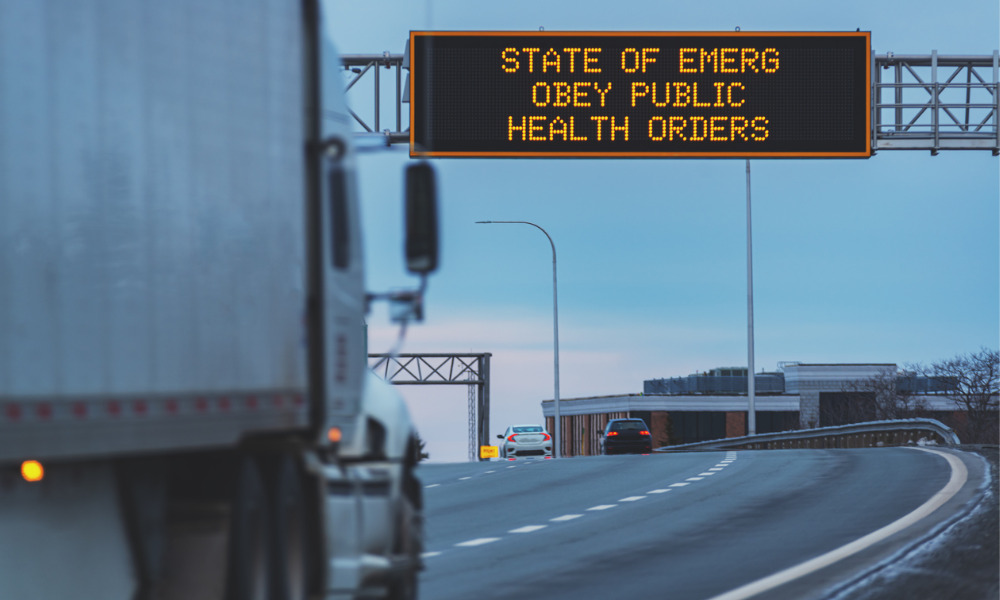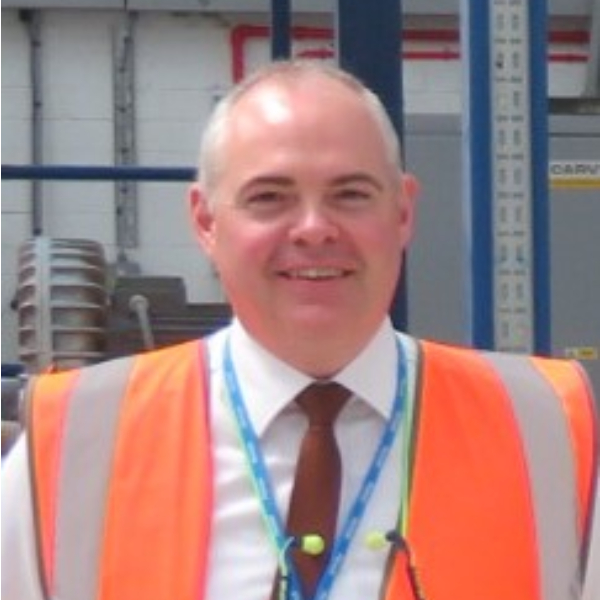In an age of contactless journeys, vehicle drivers in both the private and public sectors face new challenges – how can they keep a safe distance?

Predictions have “contactless” journeys as a safer alternative to help people limit their interactions with key touchpoints in public travel. In places like the UK, for example, limiting the circulation of hard money, is just one such attempt to promote safe travel. This comes as an answer to rising safety concerns. In the UK, taxi death rates involving COVID-19 are one of the highest compared to other occupations, according to official figures. Yet, when it comes to transportation – public, private, or commercial – this once bustling sector is still evolving to understand how it keep can both passengers and drivers protected.
Major movement has been an important theme in making the modern world; being a global citizen, as many are self-described, is synonymous with a sense of travel. In fact, things that are global seem inseparable from transport. In the wake of the pandemic, the aviation sector has nosedived by about 90%, car sales and manufacturing have been slumping, and general mobility is not what it used to be.
Debated by pundits in the news, the safety of passengers in public transport seems, at times, to be improving amidst COVID-19 precautions. The arrival of a universal law about face coverings is one step in correctly establishing safety protocol that layers in protection for those travelling in spaces that might be unwillingly compromised.
A challenge for vehicle drivers and passengers
All forms of travel – from cross country to international – have felt the squeeze of restrictions.
Urban transport, among many other sectors, is having to self-innovate. In the early moments after the travel restrictions lifted, the transportation industry answered with heightened responsibility, better PPE availability, and strict safety codes – using regular sanitisation stations, for example. With the virus in circulation, those who travel in these spaces must be vigilant.
Priority has been given, in many scenarios, to frontline (key) workers and those making the gradual return to work. Some of the greatest tools in overcoming the virus, from this sector, has been the balance of both creativity and compassion in strong measure. The remobilisation of these key workers, with airline staff being redeployed to help, has seen a push to refocus on providing transport to frontline staff, usually related to the NHS.
Measuring the impact on drivers
Perhaps the greatest share of responsibility falls on those who drive commercial or public vehicles. Drivers must be cautious and can refuse their vehicle to those who travel without meeting the basic safety protocol. Whether the mode of travel is by train, bus or taxi, these communal spaces are expected to live up to safety etiquette.
Taxi drivers are at high risk
The National Statistics Office (ONS) has recently discovered that taxi and private hire vehicle drivers suffer the highest casualty rate of Covid-19 in England and Wales. The full statement captures “taxi and cab drivers and chauffeurs” as the category with the leading death rate. Shortly behind, public drivers including bus and coach workers share bleak casualty rates related to road drivers. It is unusual that, compared with public transport, private road users are more susceptible to the virus. Perhaps because regulation is more stringent in these areas, public transport is more capably adapting itself to the challenges of the pandemic.
How are passengers responding?
This is mostly built up from commuting traffic, where public transport has long been a cost-effective alternative. Social-distancing measures has caused many to review and reflect on how they travel, with recorded dips in those using public transport to travel in the months after the lockdown lifted and restrictions eased.
Safety solutions for drivers
In responding to safety pressures, the arrival of new PPE solutions like plastic isolation screens are universally fit to many commercial or private vehicles. This screen has safety applications that help businesses, like taxis, resume as usual. Even larger commercial vehicles, such as buses, will find it helpful in isolating passengers safely and keeping ‘distanced’ for the duration of a journey.
This separation screen is one of many examples of companies responding to the pandemic in creative, safety-first ways. Post-pandemic recovery, its commonly held, can more safely be facilitated via new developments like these partition screens.
A safer journey for transportation
Transport and mobility, as entwined industries, are currently in review. The pandemic has forced many businesses to reconsider their operation and prepare it for a world after the pandemic.
Both the dips in pollution, which is causing many to advocate for cleaner travel solutions, and the safety issues with communal travel have accelerated key conversations. The general advice for transport is that industries must work in concert to facilitate the recovery process. Businesses working collaboratively to create, at mass, air ventilation systems for those in critical care has created a strong case for the cross-pollination of businesses and industries. With this applied to transport, the likes of composite-manufacturers, safety regulators, and car makers could unite in creating a future product to withstand the challenges in post-pandemic world.
Perhaps the salvation for a new era of transport, post-pandemic, rests in the willingness of the industry to reform in league with energy, trade and tourism and beyond.
Fraser Rankin writes on behalf of Permali, which specializes in the design, manufacture and supply of composite materials and components for aerospace, defence and other industries worldwide.






